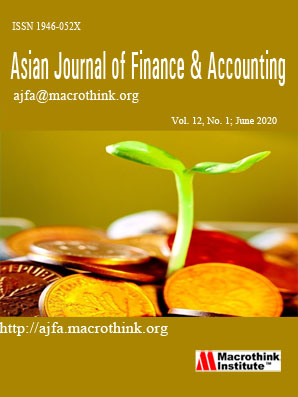Exploring the Herding Behaviour in Indian Mutual Fund Industry
Abstract
The present study analyzes the trading activity of Indian mutual funds and investigates whether Indian mutual fund managers are engaged in herding behaviour. Results are compared with previous studies in mature as well as developing markets to determine the level of maturity of the Indian capital market. Measure of herding developed by Lakonishok et al. (1992) has been used. The study found strong evidence of herding in the overall sample. Managers herd primarily when they trade in large capitalization stocks or stocks that belong to the most famous indices. The herding effect seems to affect both purchases and sales of stocks. The level of herding is more in Indian stock market as compared to developed markets. Furthermore, the Indian mutual funds tend to herd more often when purchasing than when selling a stock, and when trading large stocks. The study will contribute to the discussion regarding market efficiency and traditional asset pricing models validity. Evidence on herding by institutional investors, could explain whether there are different types of investors having different trading pattern. Investigating herding on Indian mutual funds would help researchers, investors, traders and regulators.
Submission of an article implies that the work described has not been published previously (except in the form of an abstract or as part of a published lecture or academic thesis), that it is not under consideration for publication elsewhere, that its publication is approved by all authors and tacitly or explicitly by the responsible authorities where the work was carried out, and that, if accepted, will not be published elsewhere in the same form, in English or in any other language, without the written consent of the Publisher. The Editors reserve the right to edit or otherwise alter all contributions, but authors will receive proofs for approval before publication.
Copyrights for articles published in MTI journals are retained by the authors, with first publication rights granted to the journal. The journal/publisher is not responsible for subsequent uses of the work. It is the author's responsibility to bring an infringement action if so desired by the author.








